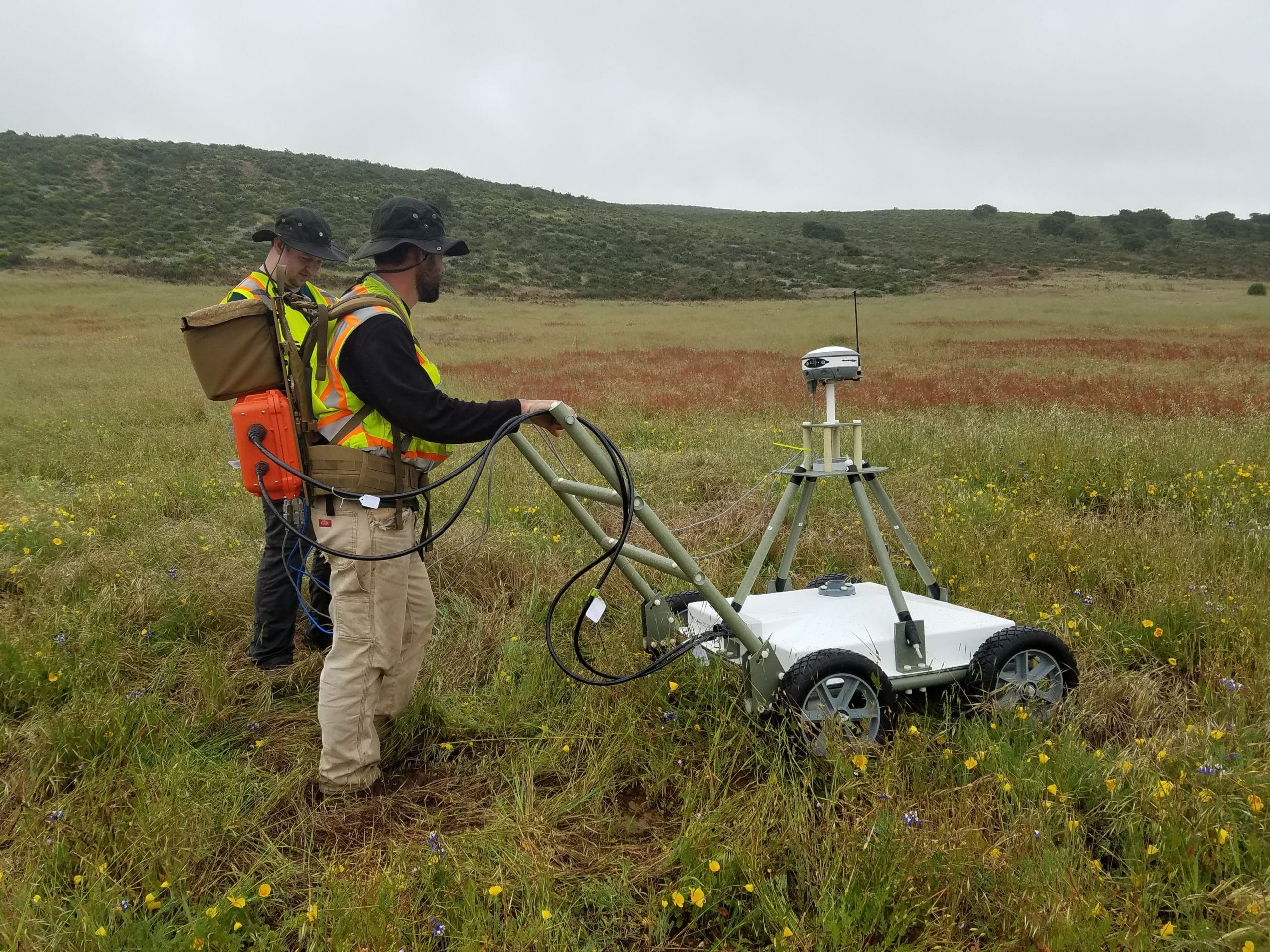Hundreds of UXO-contaminated sites are found across North America. Cleaning them up is critical for economic development and to meet US Department of Defense requirements, but UXO clearance is a very expensive undertaking. Further complicating matters, harmless scrap can account for over 95% of all metal objects identified at a UXO site – but each piece must be treated as a potential lethal munition. Being able to reliably separate the dangerous bodies from harmless pieces of scrap would speed up the cleanup and allow for significant cost savings.
New advanced electromagnetic sensors and approaches to analysis and classification of UXO survey data aim to do just that. In this poster, we provide an overview of the new classification approach and live-site demonstrations organized by the US Department of Defense.
What’s covered:
Advantages of moving from subjective operator judgement to objective, auditable, physics-based analysis
A new generation of sensors developed specifically for UXO classification
Using polarizability and decay features to distinguish UXO from metal “clutter”
Overview of direct and library matching classification processes





